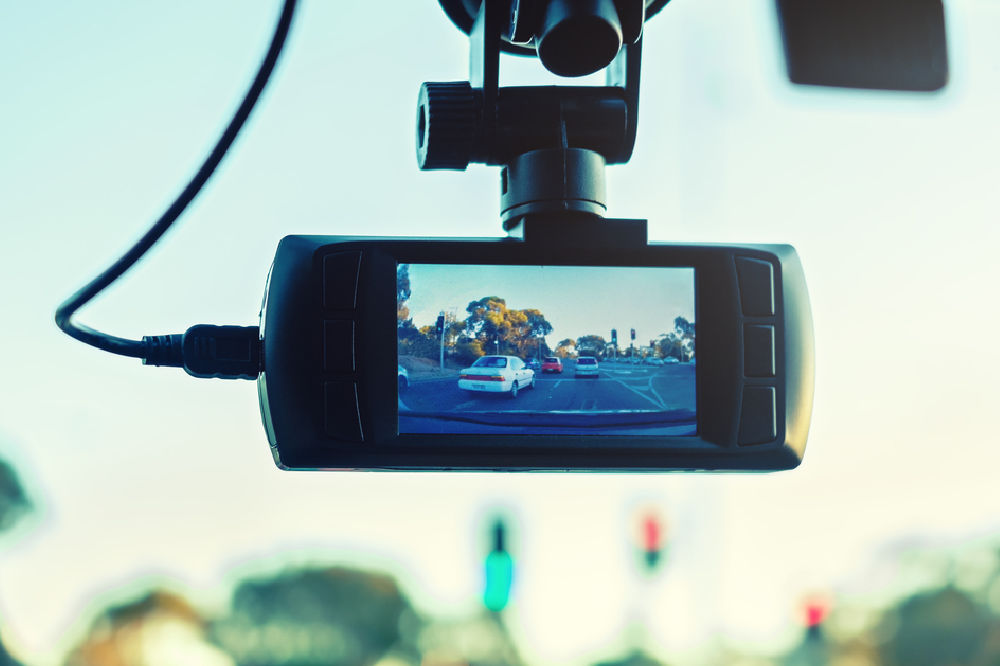If you suffer a motor vehicle accident that was another driver’s fault, you need to file a claim or lawsuit to recover compensation for vehicle damages and personal injuries. To recover compensation, you need to provide evidence that the other driver was at fault and that you sustained financial damages as a result.
One valuable form of evidence that you can use to support your claim or case is dashcam footage. These cameras have been used by the police since the 1980s, but now that dashcams are more affordable and accessible, they’re becoming more popular among the general public as well.
Can a dashcam be used as evidence? Dashcam footage can provide compelling evidence for your claim or lawsuit, and you may want to consider installing one of these helpful tools in your own car. In this blog, we discuss using dashcam footage to support your claim or lawsuit.
What Can Dashcam Footage Prove?
Dashcam footage can be used as evidence when filing a claim or lawsuit, and this form of evidence is incredibly valuable in proving that another driver was at fault for your wreck.
This footage could have recorded what happened and may provide almost undeniable proof that you were not at fault for the accident. This is especially important because even if the other driver was clearly primarily at fault, their insurance company may try to claim that you were somehow partially responsible.
Indiana uses a modified comparative negligence system, meaning that if you’re partially at fault, you won’t be able to recover as much money in damages. If you’re over 50% at fault, you cannot recover damages at all. For example, if someone pulled out in front of you suddenly and you were speeding at the time, the other driver may be mostly liable, but you could also bear partial liability, and this will negatively impact the amount you can recover in compensation.
In addition to possibly recording the accident in question, dashcam evidence could show your driving behavior before and during the wreck. It can prove that you were not speeding and that you didn’t take dangerous maneuvers that could have contributed to the accident. It can provide solid evidence that you were driving legally within your lane at the time of the wreck and that you weren’t driving while distracted, fatigued, or under the influence of drugs or alcohol. It can also provide sufficient proof that you don’t deserve to receive any traffic violations for the accident.
This form of evidence is especially useful if there were no eyewitnesses who can attest to the other driver being at fault, and dashcam footage is often even more valuable than eyewitness testimonies because a person can easily misremember events.
When submitting dashcam footage as evidence, you need to show that it’s accurate and reliable and that the footage has not been doctored in any way. If the other driver’s insurance company or legal team can prove that the footage is manipulated, the evidence will be inadmissible.
The Risks of Using a Dashboard Camera
Although dashcam footage can provide incredibly valuable evidence for your case, don’t forget that everyone will have access to this footage. The other driver’s insurance company or legal team can use the footage against you if it provides evidence that you were partially or wholly liable for the traffic accident.
For example, you could use the dashcam footage to show that another driver rear-ended you, but the footage may also reveal that you made a sudden unlawful stop that directly contributed to the accident in question.
Additionally, dashcam footage doesn’t always provide compelling evidence. The dashcam’s footage could be unclear or the camera could have recorded an angle of the accident that doesn’t prove what happened or who is at fault.
Do I Need Additional Evidence Other Than Dashcam Footage?
Dashcam footage is incredibly effective in proving your claim or lawsuit, but it’s not the only thing that the insurance adjuster or court will consider. You need to provide all supporting evidence at your disposal that proves that the other driver was responsible and that you sustained damages as a direct result.
Although not as useful as dashcam footage, you should still collect eyewitness statements. You should also record eyewitnesses’ names and contact info so you can use their testimonies when filing a claim or lawsuit.
You can also collect additional evidence such as the accident report and any supporting photos or videos of the accident. Additional cameras could have recorded the crash, such as traffic cameras or security cameras, but you’ll likely need to enlist the services of an attorney to obtain this evidence.
When it comes to personal injury cases, you also need to prove that you sustained damages as a direct result of the accident in question. Make sure to seek medical treatment as soon as possible after your wreck. You should also keep track of all medical bills and other expenses associated with your injuries.
Contact an Indianapolis Car Accident Attorney
If you suffered from a car accident and are unsure how to watch dashcam footage, contacting a skilled attorney is in your best interest. You have every right to use your dashcam footage to prove your claim or lawsuit, but you need more than video evidence to maximize the amount of compensation you can recover — you also need a seasoned legal team to help you gather additional evidence and present your case effectively.
For expert car accident attorneys in Indianapolis, contact the lawyers at Crossen Law Firm. We have years of experience helping Indiana residents receive the most money possible for their wrecks, and depending on your case, you may be able to recover compensation for vehicle damages, medical bills, lost wages, pain and suffering, loss of future earnings, and more. Call us today at 317-401-8626, or you can contact us online here.

 317-401-8626
317-401-8626 
.jpg)